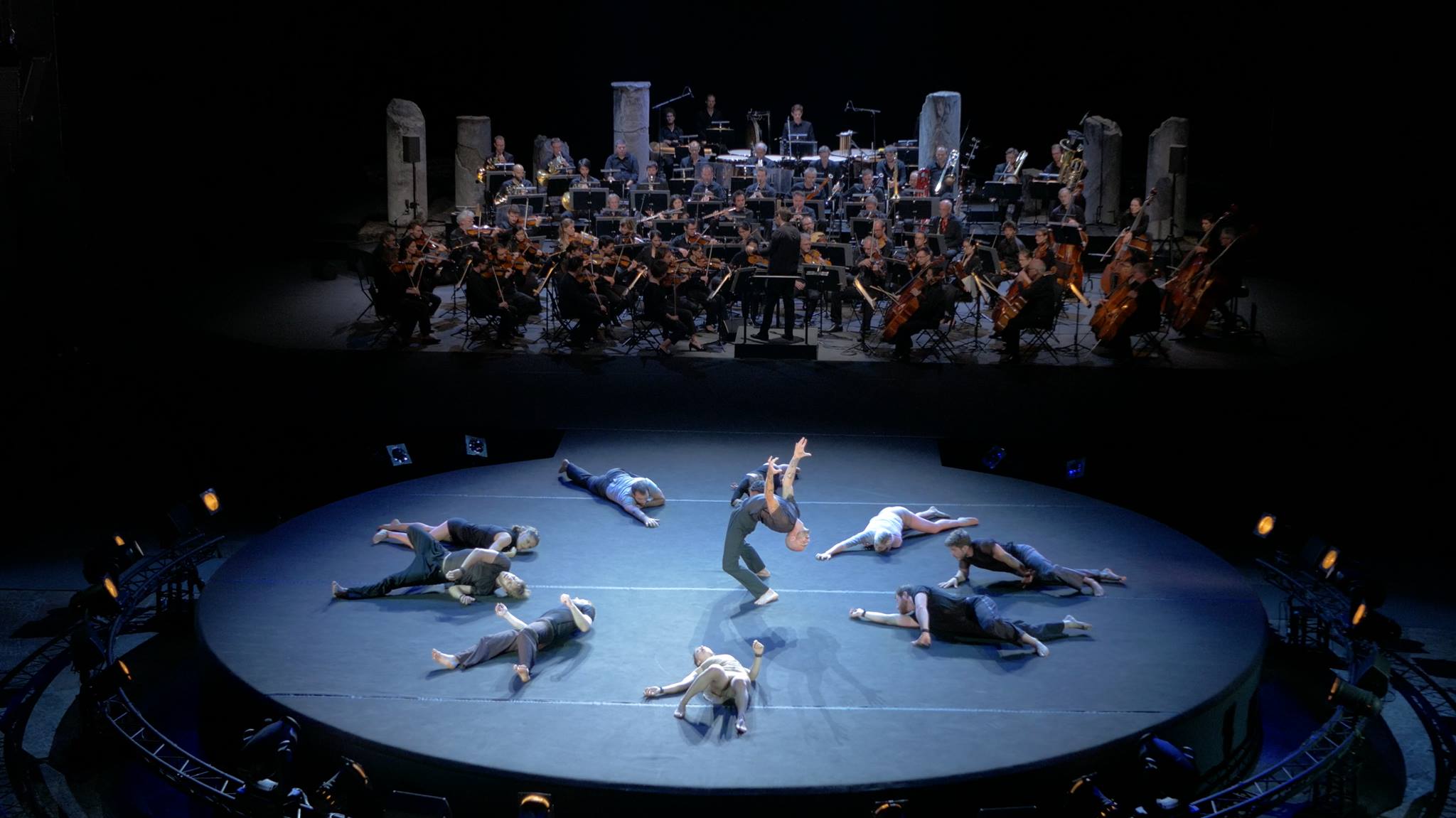
The Rite of Spring, a seminal work by Igor Stravinsky, defies easy categorization, transcending the boundaries of classical music to encapsulate an entire spectrum of genres and artistic expressions. It is both a celebration of spring’s exuberance and a harbinger of tumult, reflecting the visceral qualities of nature and the human experience. At its core, this masterpiece can be primarily identified within the genres of ballet music and orchestral composition, yet its tentacles reach into the realms of folk music, primitivism, and even avant-garde experimentation.
To comprehend the genre of The Rite of Spring, one must first delve into the historical and cultural context surrounding its inception in 1913. The early 20th century was an epoch marked by unprecedented innovation and upheaval in the arts. Musicians, painters, and writers were increasingly motivated to break free from established norms, to challenge the status quo of their respective domains. In this crucible of creative fervor, Stravinsky emerged as a visionary figure, utilizing music as a lens through which to explore the primal rhythms of life.
The Rite of Spring is often classified as a ballet score, intended for a performance that depicted ritualistic rites tied to pagan traditions. It is this connection to dance that imbues the piece with a kinetic energy, a pulsating force that is both organic and raw. The choreography, originally crafted by Vaslav Nijinsky, sought to embody the very essence of earthiness and fertility, drawing inspiration from ancient rites and fertility ceremonies. The interplay of music and dance serves as an intricate metaphor for the cyclic nature of life, encapsulating the tensions between creation and destruction, order and chaos.
Yet, to merely label it as ballet music would be to overlook the profound complexities woven throughout its orchestral fabric. The Rite of Spring is unabashedly orchestral in its execution, employing an expansive range of instruments to conjure a kaleidoscope of textured sound. Stravinsky’s innovative orchestration not only redefined the capabilities of the orchestra but also paved the way for modern composers to explore new sonic frontiers. Indeed, the piece pulsates with bold, dissonant harmonies and unconventional time signatures, challenging traditional melodic forms and inviting listeners into a realm of heightened emotional intensity.
Within The Rite of Spring lies a clear affiliation with folk music, particularly through the integration of Russian themes and motifs. Stravinsky drew heavily upon the folk traditions of his homeland, infusing the work with the spirit of ancient Slavic melodies and rhythms. By doing so, he bridged the gap between the universal and the particular, creating a tapestry that celebrates cultural identity while resonating with a broader audience. This aspect serves to root the work in the human experience, echoing universal themes of love, sacrifice, and renewal.
Moreover, The Rite of Spring embodies the principles of primitivism, a movement that sought inspiration from the elemental and instinctual aspects of humanity. The raw force of its rhythms evokes a sense of untamed vitality, reminding us of the ferocity inherent in nature and the primal impulses that govern human existence. Stravinsky’s choice to depict a sacrificial ritual underscores this theme, presenting the dichotomy of civilization versus nature and the inherent violence threaded within life itself. The music resonates with the listener’s most visceral instincts, urging contemplation on the interplay between humanity and its primal origins.
Additionally, its modernist tendencies contribute to The Rite of Spring’s classification within the avant-garde spectrum. The work’s daring approach to rhythm and structure, devoid of traditional cadences and predictable forms, invites a reexamination of musical listening. Audiences in 1913 were shockingly unprepared for the visceral impact of Stravinsky’s score, leading to a riotous premiere—a testament to the music’s capacity to incite powerful emotions and challenge societal norms. In this sense, the piece acts as both a time capsule of early modernity and a radical proclamation of artistic freedom.
Furthermore, The Rite of Spring’s genre-defying nature allows for contemporary reinterpretations and multidisciplinary collaborations. This ongoing relevance underscores its place in the modern lexicon of music and performance arts, serving as a touchstone for new generations of artists to engage with and reinterpret. Whether through reimagined choreography, orchestral adaptations, or experimental compositions, the work remains an inexhaustible well of inspiration, firmly anchoring it within the evolving landscape of contemporary art.
In conclusion, The Rite of Spring eludes a singular classification, defying easy categorization within a single genre. It resides as a multifaceted work that interweaves elements of ballet, orchestral music, folk traditions, primitivism, and avant-garde expression. Its profound impact on both music and dance continues to resonate, inviting future explorations and interpretations. Ultimately, The Rite of Spring is a celebration of the complex tapestry of existence—a reflection of the cyclical nature of life, echoing across generations and across artistic boundaries, captivating the heart and mind in this eternal dance of creation and destruction.
